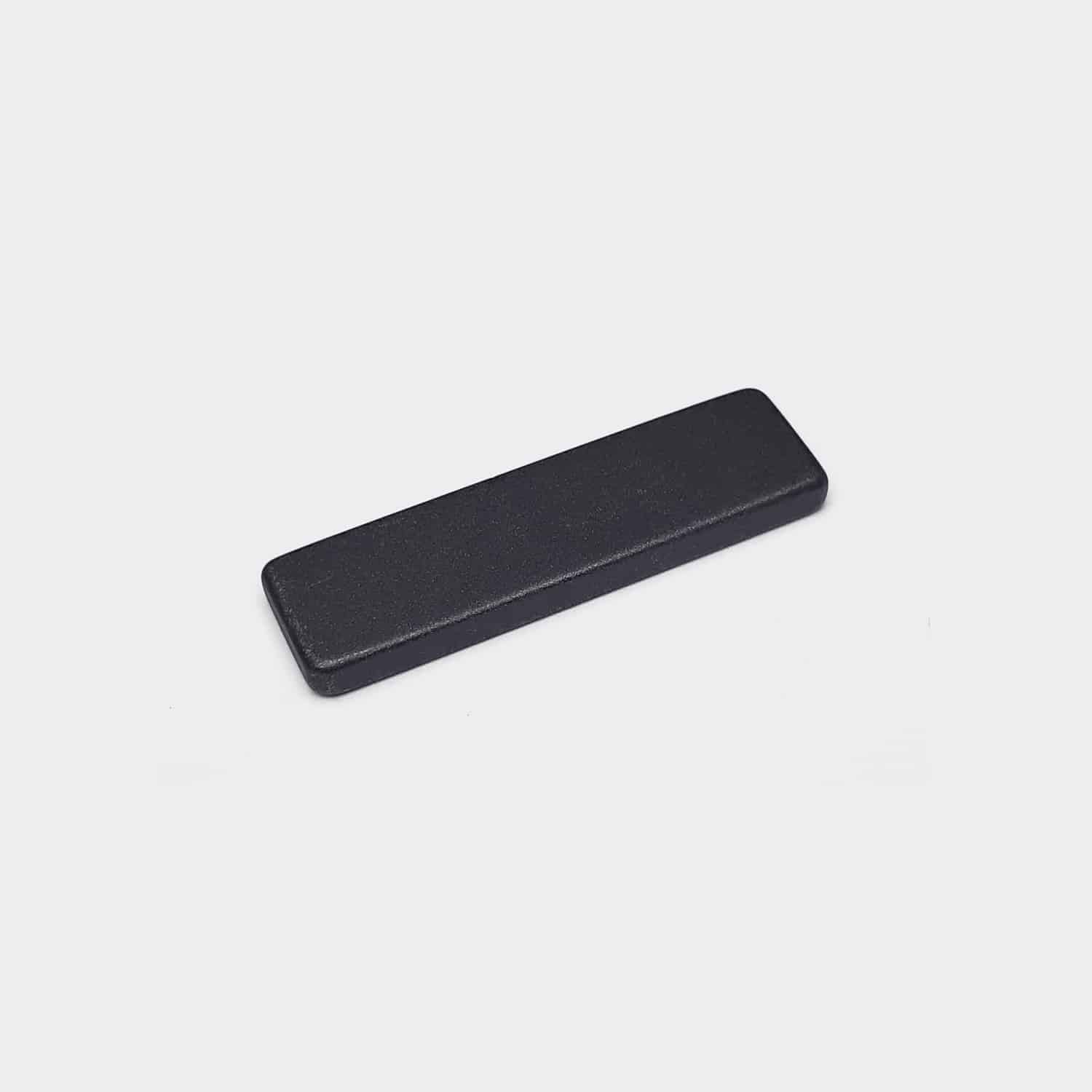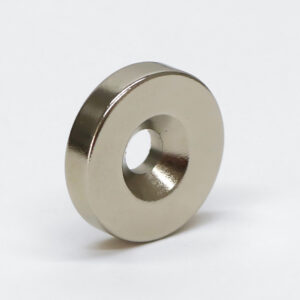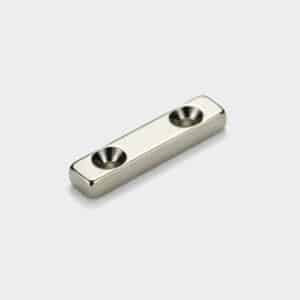PTFE coated neodymium magnets leverage the exceptional properties of both materials within one solution.
The neodymium magnet core provides ultra-strong magnetic adhesion, while the PTFE coating exploits the benefits of polytetrafluoroethylene including extreme chemical resistance, excellent thermal stability, an ultra-slick surface, non-stick properties, high durability, insulation, hydrophobicity, corrosion resistance, and wide temperature tolerance.
Basics of PTFE Coatings
PTFE or polytetrafluoroethylene coatings provide significant benefits when applied to industrial magnets. PTFE is an inert polymer material that protects magnets from corrosion, oxidation, and wear, enabling maximum magnetic strength and longevity.
PTFE coatings are hydrophobic, meaning they repel water and moisture at a molecular level. This makes PTFE-coated magnets ideally suited for use in wet, humid, or damp environments where uncoated magnets would rust or deteriorate rapidly. The non-stick properties of PTFE also prevent other substances from adhering to the magnet surface, eliminating friction and scratching even with repeated contact.
For high-performance industrial magnet applications, PTFE coatings are an effective solution to enhance functionality and extend service life up to 5 times longer compared to uncoated magnets. PTFE-coated magnets can operate reliably in extreme temperatures (-450 to 500 degrees F), chemically-harsh conditions (in the presence of solvents, acids or alkalis), and physical abrasion that would damage unprotected magnets.
The ultra-low friction, non-reactive surface of PTFE-coated magnets also allows for hassle-free workflow. The coating prevents parts and products from sticking to the magnet during manufacturing or handling. No buildup means no stuck-on debris, so PTFE-coated magnets maintain full magnetic power with minimal downtime for cleaning.
In summary, PTFE coatings are applied to industrial magnets when high performance, maximum chemical and thermal endurance, non-stick properties, and long working life are essential requirements. For demanding industrial magnet uses where constant and efficient performance is critical, PTFE coatings provide significant advantages that extend well beyond basic protection to unlock the full potential of high-power magnets.
Technical Specifications
1). Materials: We focus on Teflon coated neodymium magnets, and also has SmCo as a supplement.
2). Dimensions: Technically speaking, we can offer very small magnets
3). Film Thickness: We are able to apply a layer of PTFE coating between 10 – 30 microns on permanent magnets, depending on the specific applications and expectations.
High Chemical Resistance
Inert and resistant to almost all chemicals. It won’t react with or degrade in contact with harsh chemicals.
Excellent Thermal Stability
PTFE can withstand continuous use temperatures up to 260°C. It is stable at high temperatures and resistant to thermal shocks.
Ultra-Slick Surface
Have a very low coefficient of friction, resulting in an ultra-slick surface. Moving parts can slide over each other easily.
Wear Resistance
Provide high wear resistance and durability. The slick surface and chemical inertness contribute to low wear.
Hydrophobic
Has a hydrophobic surface, meaning water and other liquids have a high contact angle and bead up on the surface. Water slides off easily.
Insulation
PTFE provides good electrical insulation and dielectric properties. It is often used for insulating wires and components.
How non-stick are PTFE Coatings?
The microscopic PTFE coating features in an extremely small coefficient of friction between 0.05 to 0.10. Only the Parylene coating is comparable among all other types of existing coatings.
How durable is the polytetrafluoroethylene coating?
PTFE coating is highly durable. It can withstand scratches and chipping when used appropriately. Usually, magnets won’t have many scratches during their lifespan.
According to our knowledge and experience in the non-stick cookware, the PTFE coating can pass a typical wear test with hundreds of repeated scratch adhesion test without a problem.
How do you make PTFE stick to magnets, since it is non-stick?
PTFE on its own doesn’t stick to any surface. For this reason, we need to do surface preparation on magnets to create optimal roughness.
Generally, there are 2 ways to create roughness on magnets. One way is mechanical, and the other way is chemical. It depends on the specific design to pick the ideal surface finishing method.
We will make sure to achieve a surface roughness average (Ra) around 1 – 2 microns, which is good for most regular applications.
What temperatures do you use to cure PTFE coatings?
Generally speaking, most PTFE coatings are cured at between 180⁰c and 400⁰c. This is almost twice or triple of the maximum working temperatures of neodymium magnets.
However, it won’t bring negative effects on the neodymium magnets. This is because we magnetize neodymium magnets after the PTFE coatings are applied.
What temperatures can these coated magnets withstand?
First of all, all PTFE coatings have a maximum operating temperature of 260 °C [500 °F]. However, that doesn’t mean the neodymium magnets will also have such a high operating temperature after we use PTFE to coat them.
The maximum operating temperature of a PTFE coated neodymium magnet still depends on which grade it is.






